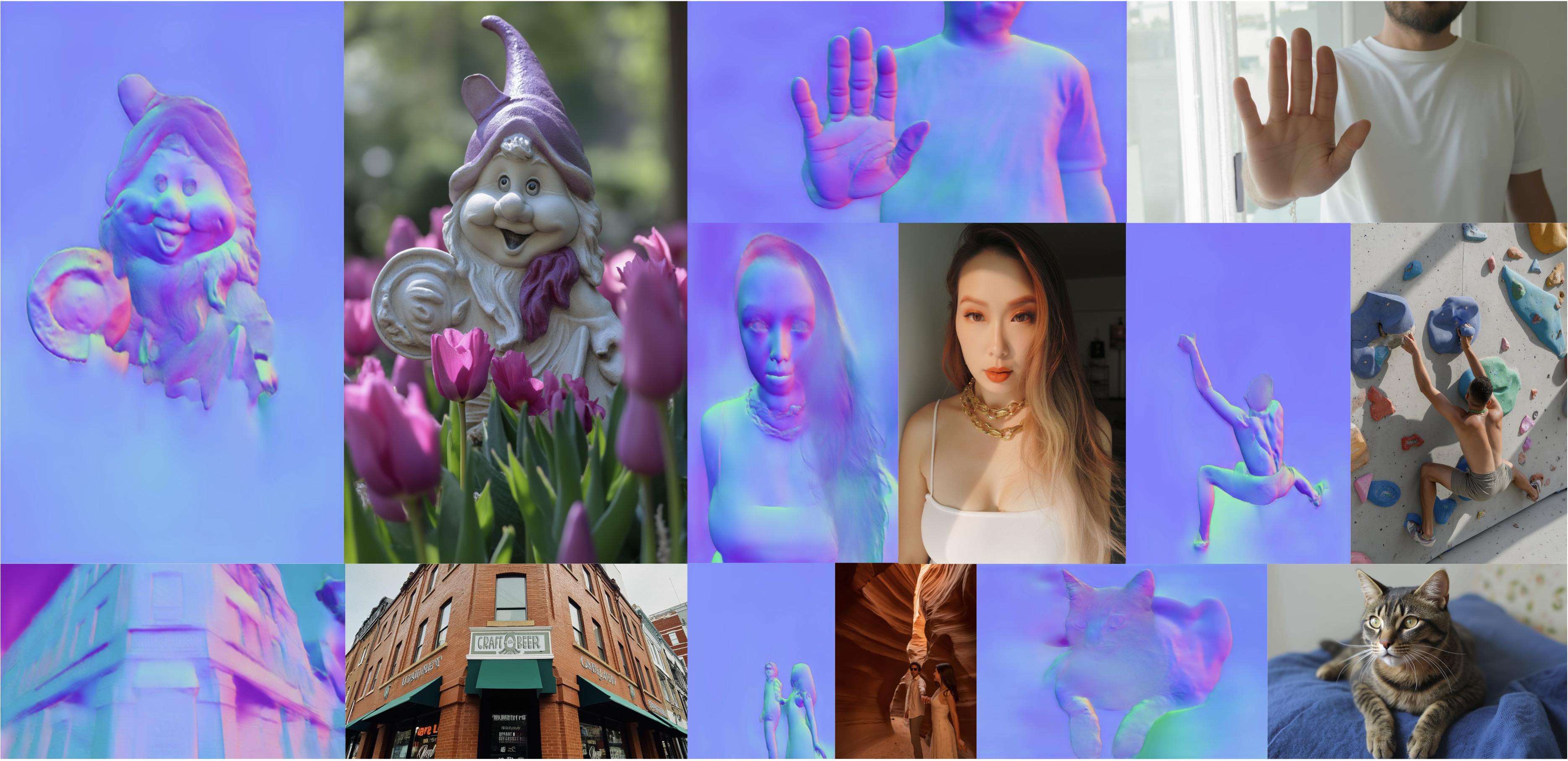Jasperai Releases Flux.1-dev ControlNet Model Series
Recently, the artificial intelligence company Jasperai released a series of ControlNet models for Flux.1-dev on the Hugging Face platform. These models aim to provide more precise control for AI image generation, allowing users to guide the generation process more effectively. The ControlNet model series released this time includes surface normals, depth maps, and super-resolution models.
Jasperai showcased these newly released models on their Hugging Face collection page.
Here’s an overview table of the Flux.1-dev ControlNet model series released by Jasperai:
| Model Name | Function | Key Features | Application Scenarios | Download Link |
|---|---|---|---|---|
| Surface Normals ControlNet | Uses surface normal maps to guide image generation | - Provides geometric information of object surfaces - Enhances image depth and realism | - 3D modeling assistance - Real scene reconstruction | Download |
| Depth Map ControlNet | Uses depth information to control image generation | - Provides spatial structure information of scenes - Improves perspective and spatial sense | - Depth of field enhancement - Virtual scene construction | Download |
| Super-resolution ControlNet | Improves the quality of low-resolution images | - Converts low-quality images to high-resolution versions - Reconstructs and enhances image details | - Old photo restoration - Image quality improvement | Download |
These models provide more precise control for AI image generation, enabling creators to generate more realistic and detailed images. Each model is designed for specific image processing needs, offering users a diverse set of creative tools. Users can click on the “Download” links to visit the corresponding model pages on Hugging Face for more detailed information and to download the models.
Here’s a detailed analysis of each model’s features and applications:
1. Surface Normals ControlNet Model
The Surface Normals ControlNet Model uses surface normal maps to guide image generation. Surface normal maps provide geometric information of object surfaces, helping to generate images with more depth and realism.
The model page showcases an example of a surface normal map and its corresponding generated image. The surface normal map presents the geometric structure of objects in the scene, while the generated image successfully transforms this geometric information into a realistic scene. In the example, a person stands in front of a window holding a stop sign. The person, window, and sign all display accurate depth and spatial sense, fully demonstrating the advantage of surface normal maps in providing precise geometric information.

2. Depth Map ControlNet Model
The Depth Map ControlNet Model uses depth information to control image generation. Depth maps help the model better understand the spatial structure of a scene, thus generating images that better conform to perspective and spatial sense.
The model page showcases an example of a depth map and its corresponding generated image. The depth map presents the distance relationships of various parts of the scene in grayscale, while the generated image is a vivid scene. The example generates a scene of a gnome statue standing in a field of purple tulips. Guided by the depth map, the model successfully creates an image with clear foreground and background, and strong spatial hierarchy. The statue, flower field, and distant scenery all present accurate distance relationships, making the entire picture appear realistic and three-dimensional.

3. Super-resolution ControlNet Model
The Super-resolution ControlNet Model is specifically used to improve the quality of low-resolution images. This model can convert low-quality images into higher-resolution, clearer versions.
The model page showcases a set of comparison images, with the low-resolution input image on the left and the high-resolution output image processed by the model on the right. The example shows a portrait, where in the processed image, the person’s facial features, hair texture, and clothing details all become clearer and more delicate. This model doesn’t simply enlarge the image, but reconstructs and enhances image details through AI technology, making the final output clearer and more natural.

Conclusion
The Flux.1-dev ControlNet models released by Jasperai bring new possibilities to the field of AI image generation. By combining surface normals, depth information, and super-resolution technology, users can more precisely control the generation process, creating more realistic and detailed images. The release of these models will undoubtedly promote further development of AI image generation technology, providing creators with more powerful tools.
It should be noted that these models all follow the Flux.1-dev license agreement. Interested readers can visit the model page on Hugging Face to learn more details and try applying these models to their own AI image generation projects.